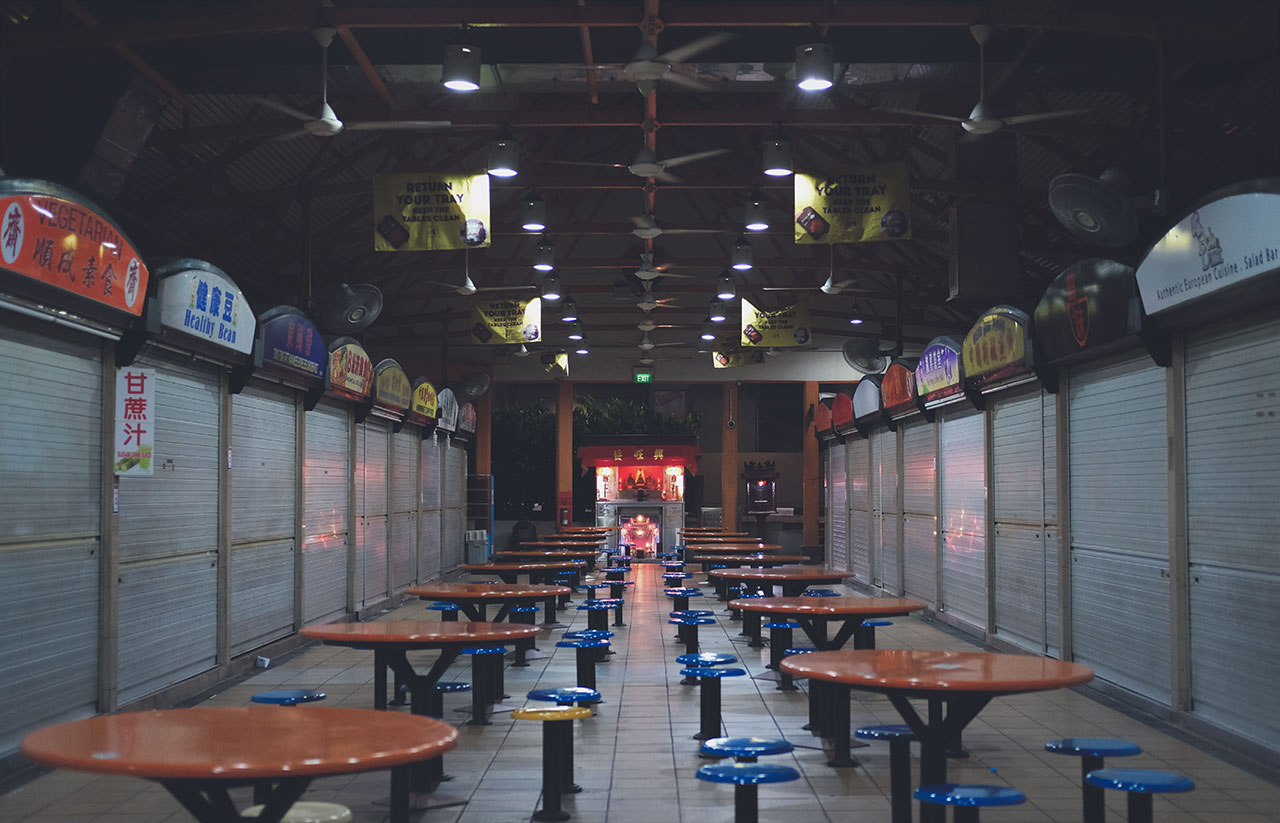At 12 PM on a weekday afternoon, Maxwell Food Centre is pulsating in the heart of Tanjong Pagar, a flurry of long-sleeved shirts, black pants and lanyards coursing along the three rows of stalls and through the narrow gaps between tables.
Come 12 AM on Friday night, when the financial district falls into a slumber for the weekend, the same surprisingly doesn’t happen for this historic hawker centre.
A handful of stalls remain open and they become an oasis for those who have to work overtime, as well as the famished night owls who have swooped in from the bars at Ann Siang, just further up the hill from Maxwell, or the nearby Kilo Lounge.
Most roost outside Hajmeer Kwaja Muslim Food and its drink stall counterpart, both operating 24 hours. As the Singaporean saying goes, “To run a successful supper business, you must serve prata and teh.” A plate of greasy fried dough and a cup of hot beverage is the quintessential Singaporean way to sober up, and the orders keep coming as more and more inebriated individuals take their seats.
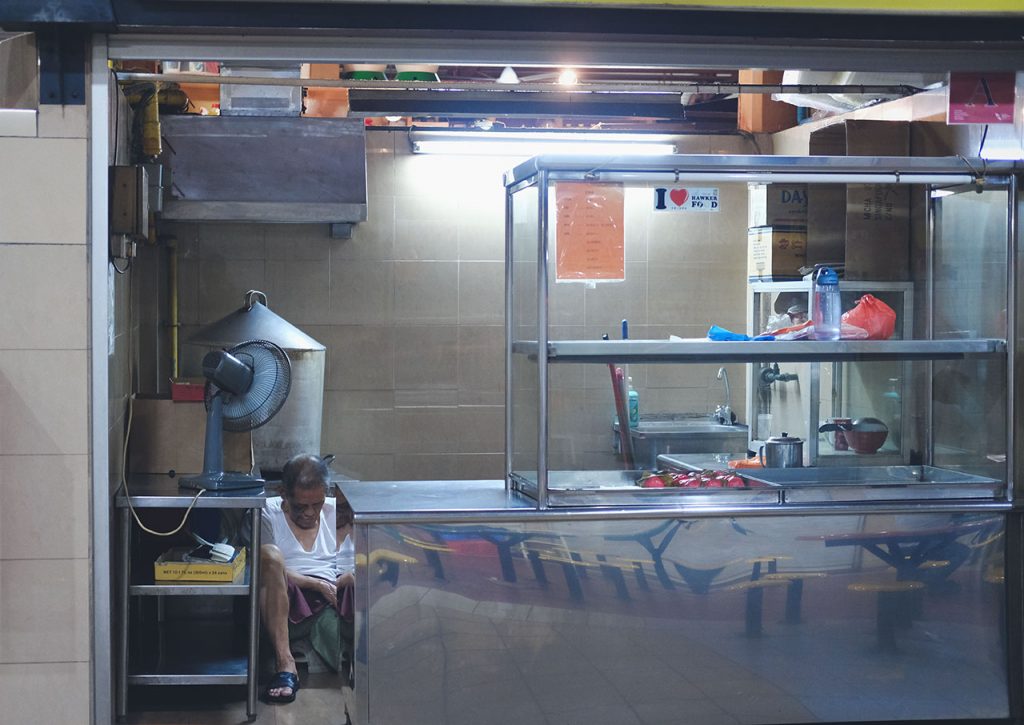
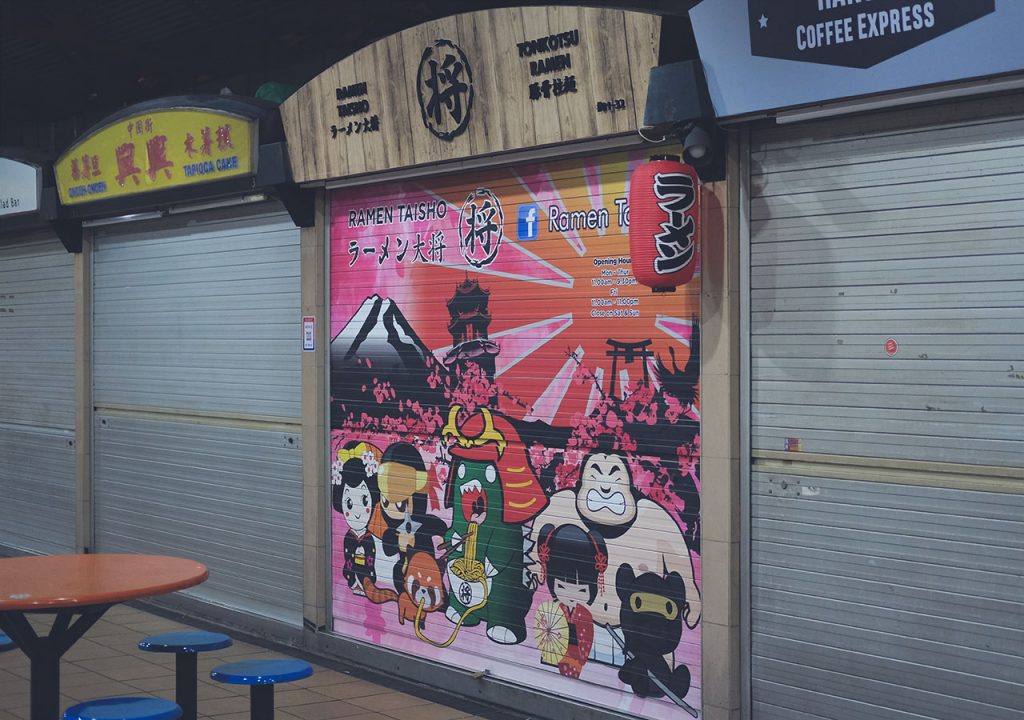
He looks and sounds too young to be admitted into Kilo Lounge, but I don’t question. “We’ve already eaten Korean fried chicken last week,” – referring to the numerous Korean establishments that dot Tanjong Pagar road where the club is located – “So we wanted something different for supper this time. There’s nothing much in this area at this hour anyway.”
He orders prata and Maggi goreng for his group.
Aram, a part-time Grab driver working the night shift, has supper here three times a week. “It’s quieter than your usual prata places, so it’s much nicer to chill while waiting for jobs.”


At several single tables, elderly men sit alone, resting their heads on folded arms, some with unfinished drinks that have since gone cold under the whirring blades of the ceiling fans. Like solitary castaways on their own tiny orange islands, they drift through time and dreamscapes, occasionally stirring as they snooze.

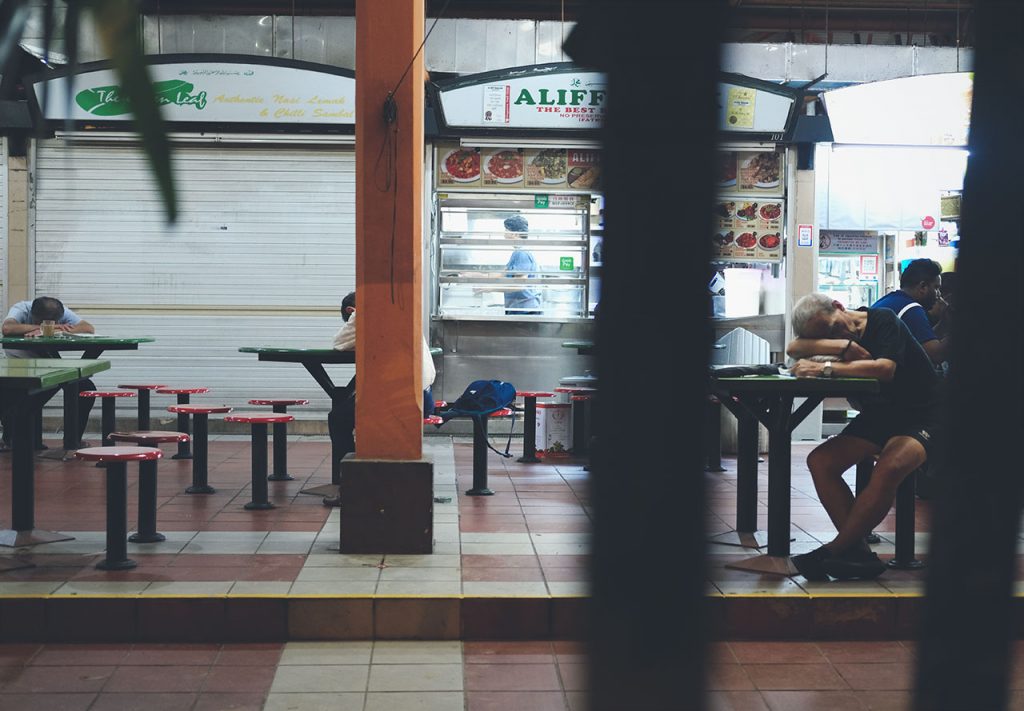
In this part of town where alcohol is priced at a premium, Maxwell is the only place where you can still pay a reasonable price for the big bottled beer that your typical Singaporean uncle subsists on.
Yet business has dropped substantially over the last few years, says Mr Yap, who runs the only other drink stall at this hour. Maxwell was once a full-fledged midnight supper place bustling with customers who would come from the many pubs and KTVs in the area. Those have since disappeared, along with much of the booze crowd. Today, most stalls don’t bother opening till late any more.
He also cites the lack of parking lots as a reason why customers hardly come at night these days.
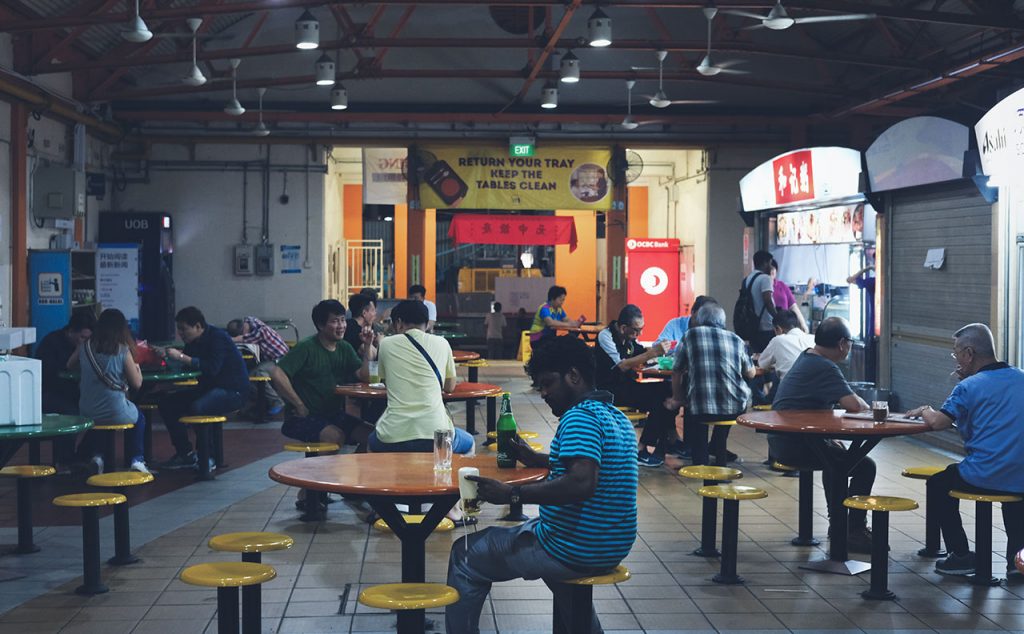
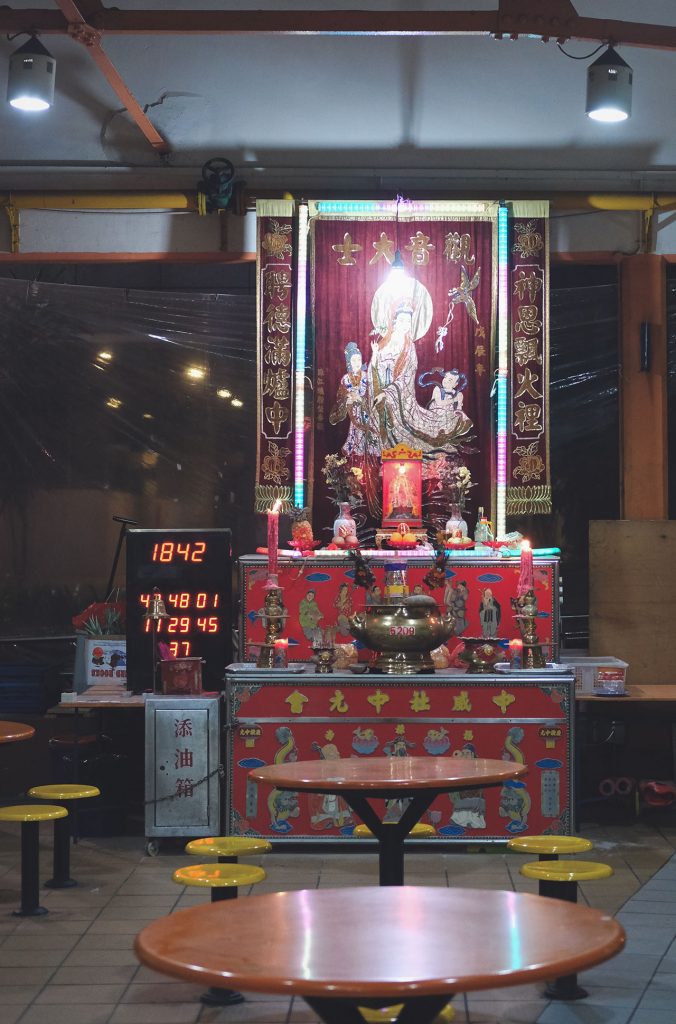
“In the past, people would just pay whatever price that you have set for your drinks. Now, people would come and ask me about the price of a bottle of beer first. If they find it too expensive, they will just move on to the next stall,” Mr Yap tells me in Mandarin.
“Even the ang mohs are more price-conscious and even haggle sometimes. They have the cheek to ask me to sell a bottle of Tiger beer at $5, when the cost price is already $6 each and I’m only earning a $1 profit,” he laughs. “It’s not easy to be in this business now.”
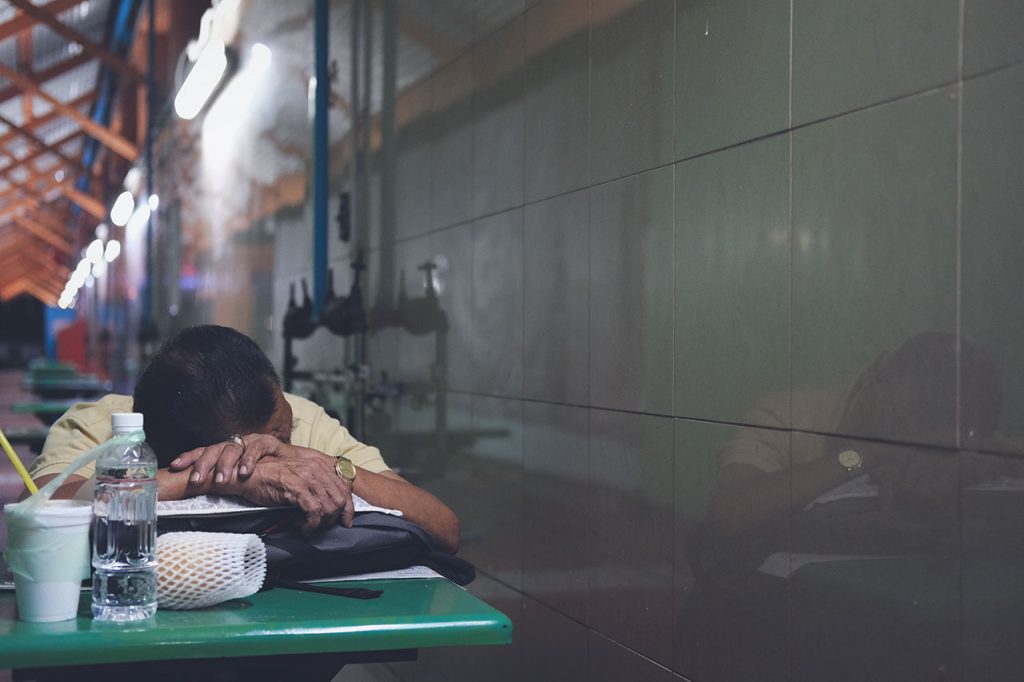
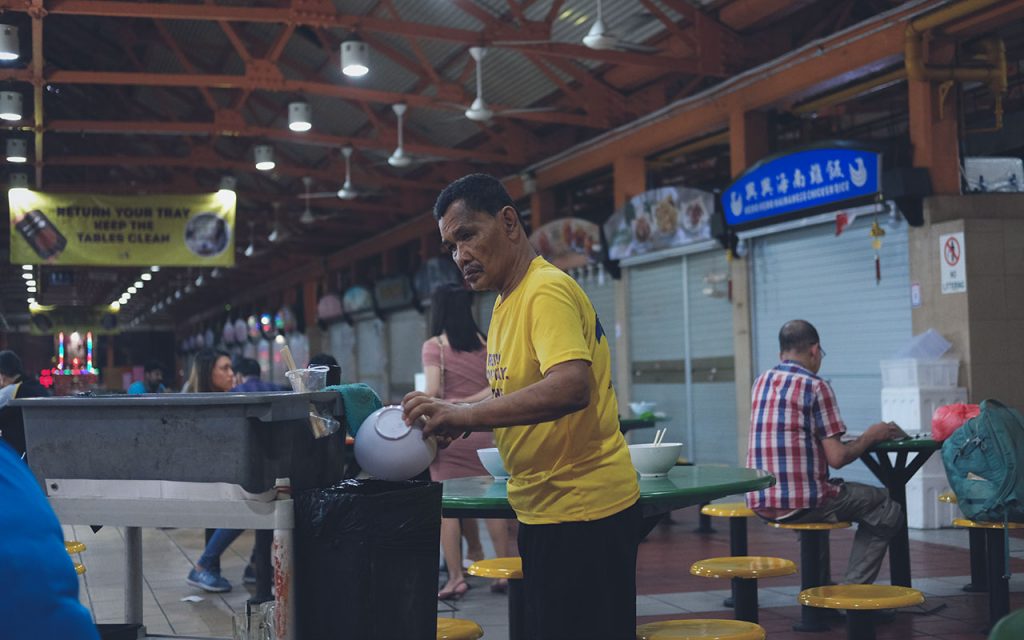
Mr Yap’s rental costs $2,000 monthly, and he also has to pay an annual fee of $320 for his alcohol license. These days, he’s just surviving to make ends meet, and has to open his stall on weekends too despite the fact that Tanjong Pagar is more like a ghost town then. He’s even elected to run the stall without a helper to minimise costs. As long as he can pay his rent and suppliers, he can “sleep well at night”.
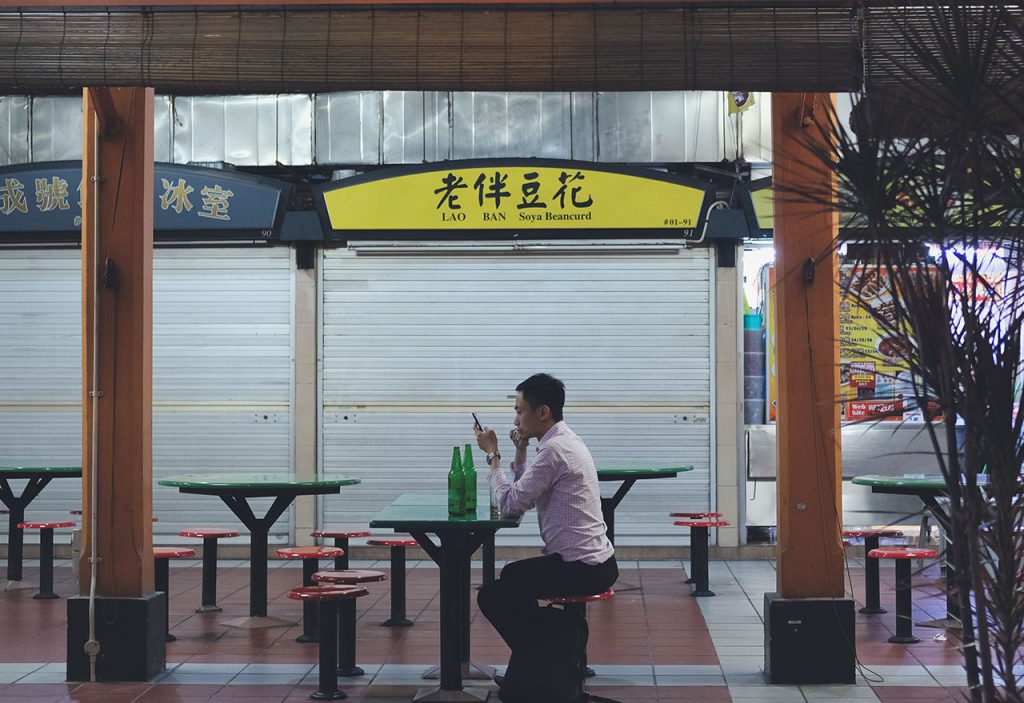
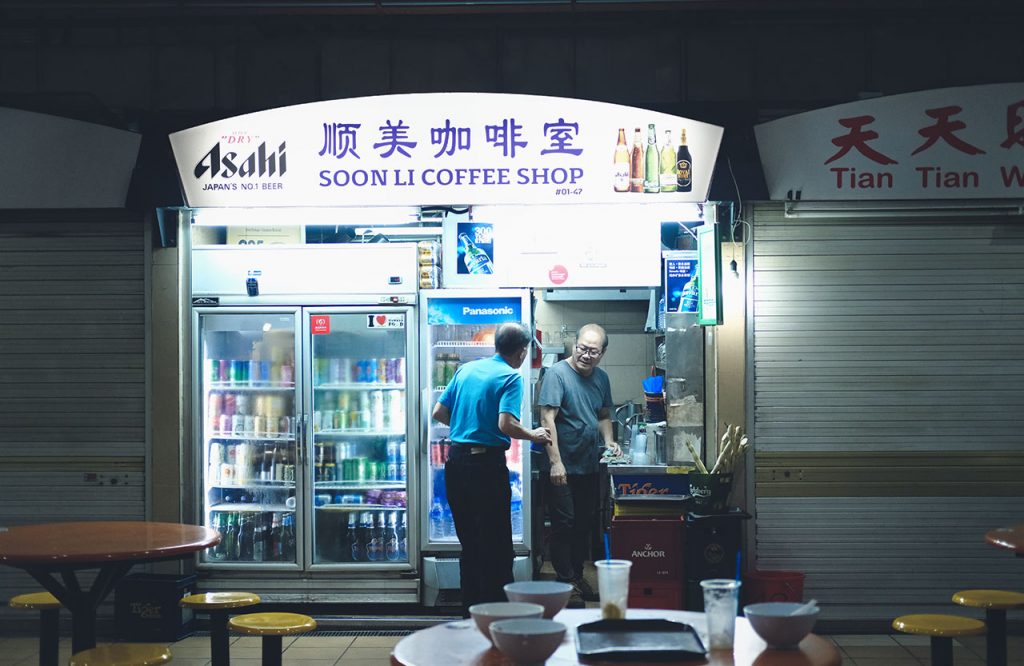
“Many young people don’t understand that you will be burning a lot of money when you first open a stall. And if your business can’t keep up, once your money runs out that’s it.”
For elderly hawkers like Mr Yap, running a stall is no longer about maximising profits. It’s just a way to keep themselves active and self-sustaining as they while time away.
“We can’t find work outside because nobody will employ us at our age. Being a hawker is the best thing that we can do.”
How do you think the hawker industry in Singapore will survive when costs continue to go up? How many hawkers will be left in the business in the next 10 years? Have your say at community@ricemedia.co.
